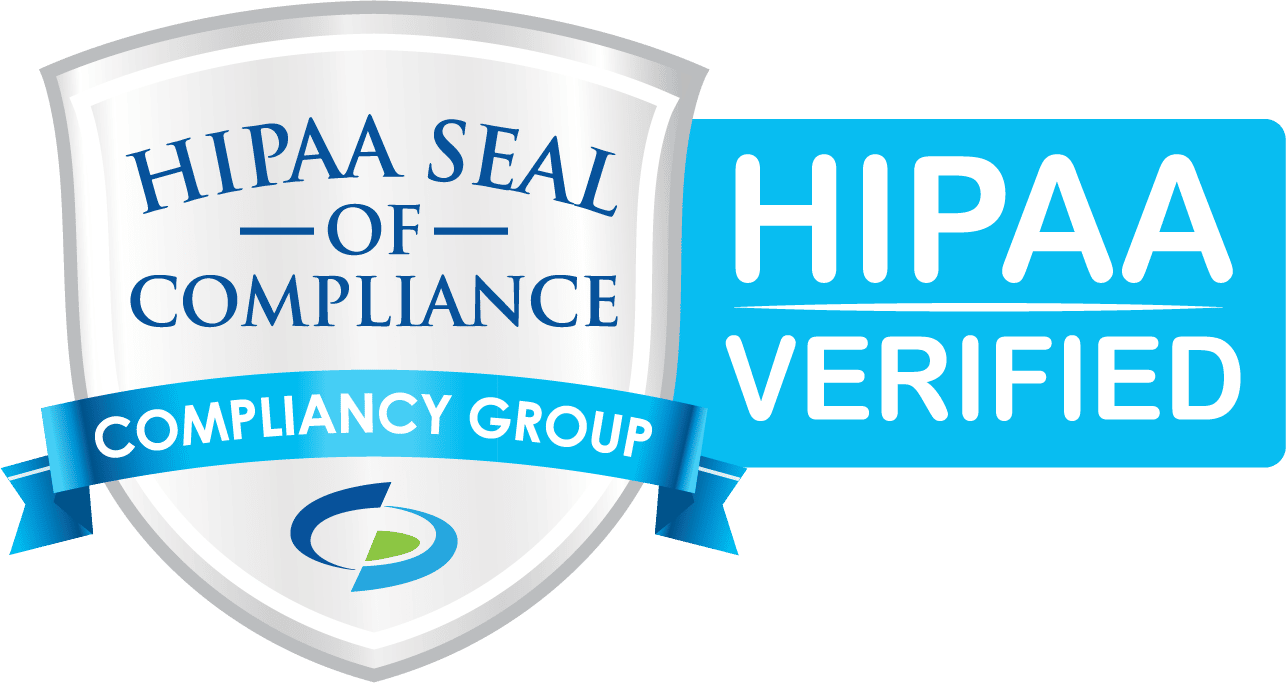So far, we’ve talked about systems like Anti-Virus and EDR that help to identify and block threats before or as they occur. But what happens when those automated systems can’t handle everything? This is where a Security Operations Center (SOC) comes in—a dedicated team that continuously monitors and responds to security threats that may slip through the cracks.
Anti-Virus and EDR play crucial roles in keeping your business secure, but they are not foolproof. A SOC takes things further by ensuring that any suspicious activity is quickly detected, analyzed, and responded to by actual security experts, not just automated software.
What is SOC?
A Security Operations Center (SOC) is a team of cybersecurity professionals who work around the clock to monitor, detect, and respond to threats in real-time. The SOC collects data from your Anti-Virus, EDR, network, Email System, and other security tools, analyzes it, and then takes action when something looks suspicious.
Why Your Business Needs a SOC
- Real-Time Monitoring: SOC teams monitor your systems 24/7. While Anti-Virus and EDR do their best to catch malware and other threats, they are primarily automated systems. But what if those systems send an alert at 2am on a Saturday, flagging an active threat? Without a SOC in place, that alert could go unnoticed or unaddressed until business hours or until when you IT team sees it. A SOC team ensures immediate action is taken, no matter when the alert is triggered.
- Threat Response: Once a threat is detected, the SOC doesn’t just flag it; they actively work to contain and eliminate it. This quick response minimizes potential damage from a breach or attack.
- Advanced Threat Detection: SOC teams use more than just basic tools like Anti-Virus and EDR; they also deploy more advanced systems to detect sophisticated attacks that may bypass automated defenses.
How SOC Fits With Anti-Virus and EDR
Think of SOC as the third layer in a strong defense strategy. While Anti-Virus and EDR work to stop threats at the software level, SOC teams handle what the software may miss. One important aspect is that both AV and EDR are designed to send alerts and flagged threats directly to the SOC. This means that if either system detects something suspicious, it is immediately passed on to the SOC, ensuring that security experts are acting on the issue quickly.
By combining these services, you create a more comprehensive defense system, where automation catches known threats, and human experts respond to anything more advanced.
Anti-Virus and EDR focus on prevention and detection, while SOC is about response and containment.
Beyond Anti-Virus and EDR
SOC isn’t just about responding to threats from Anti-Virus and EDR, which are focused on computers and servers. It also monitors Office 365, G Suite, and other cloud services for unauthorized logins, unusual activities, or breaches. If there’s an attempted login from another country on one of your accounts, the SOC will catch and act on it.
Beyond that, SOC links into networking equipment, keeping an eye out for potential breaches. It even integrates with dark web monitoring tools to make sure that any sensitive company data isn’t being compromised and sold. This broader scope means SOC doesn't just wait for alerts from computers but watches your entire digital landscape.
Why Anti-Virus, EDR, and SOC Still Aren’t Enough
Even with these systems working together, your business still needs additional protection. Ransomware attacks, in particular, are becoming more advanced and destructive. That’s why having a Ransomware Protection solution in place is essential. You can learn more about how to defend your company from ransomware attacks in our dedicated article on [Ransomware Protection].
Similarly, ongoing Vulnerability Scanning ensures that your systems stay up-to-date, identifying weaknesses before they can be exploited. Learn more about that in our [Vulnerability Scanning] article.






